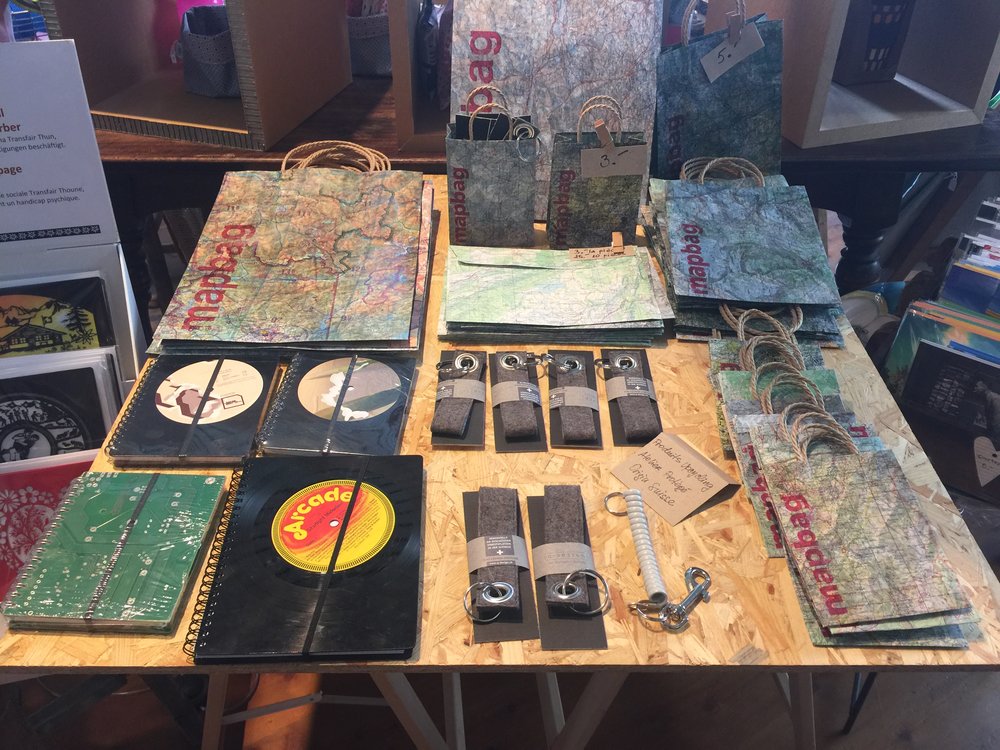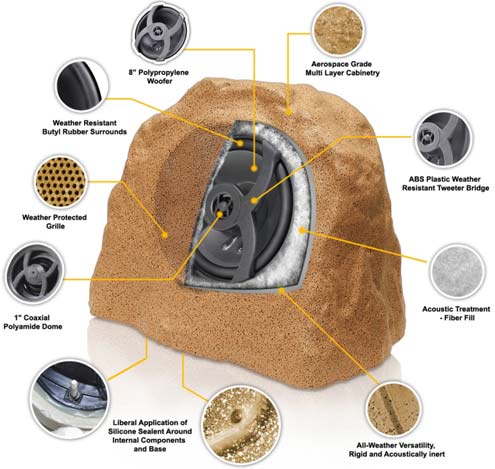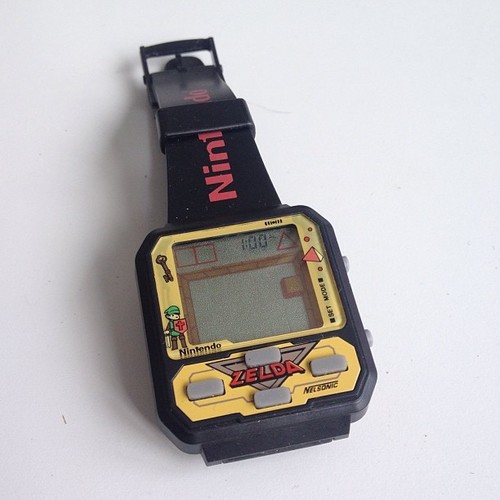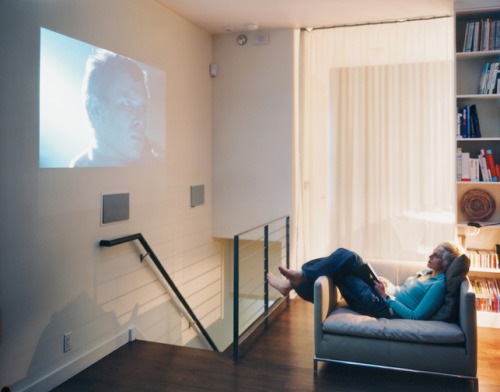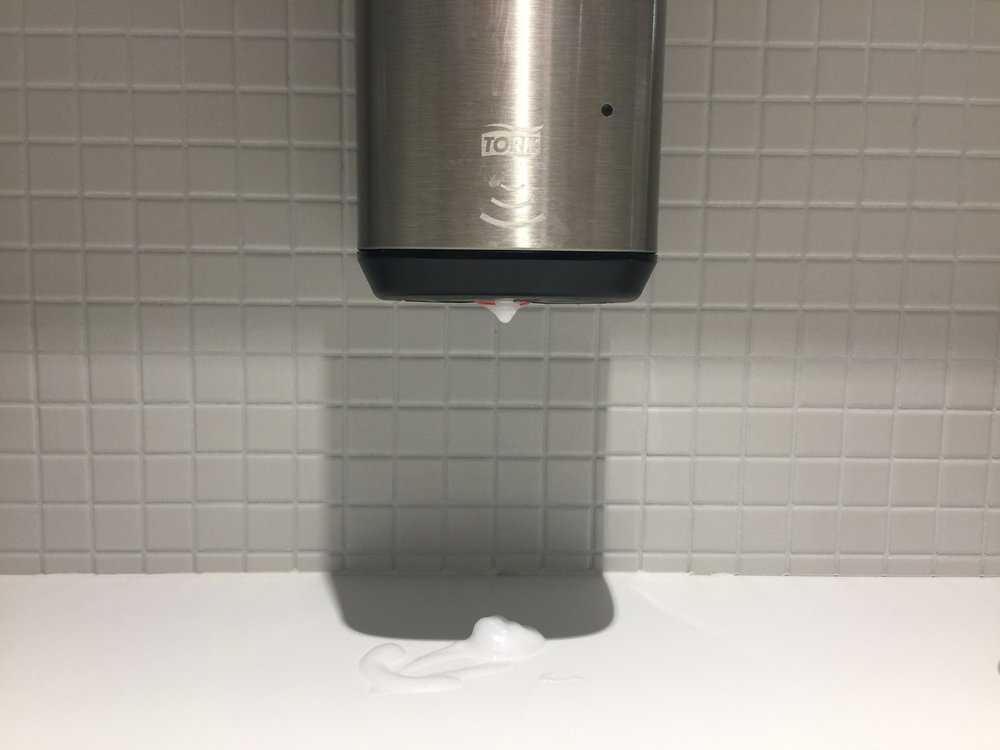
September 22, Lausanne (Switzerland). I guess sensor-based soap dispensers have been designed in order to provide a touch-free system that is supposedly more hygienic for its users. However, almost everytime I run across such device, there's a little bit of soap under it. It's the messiness versus elegance that always happen when one think technology would be an easy solution for a simple problem.
